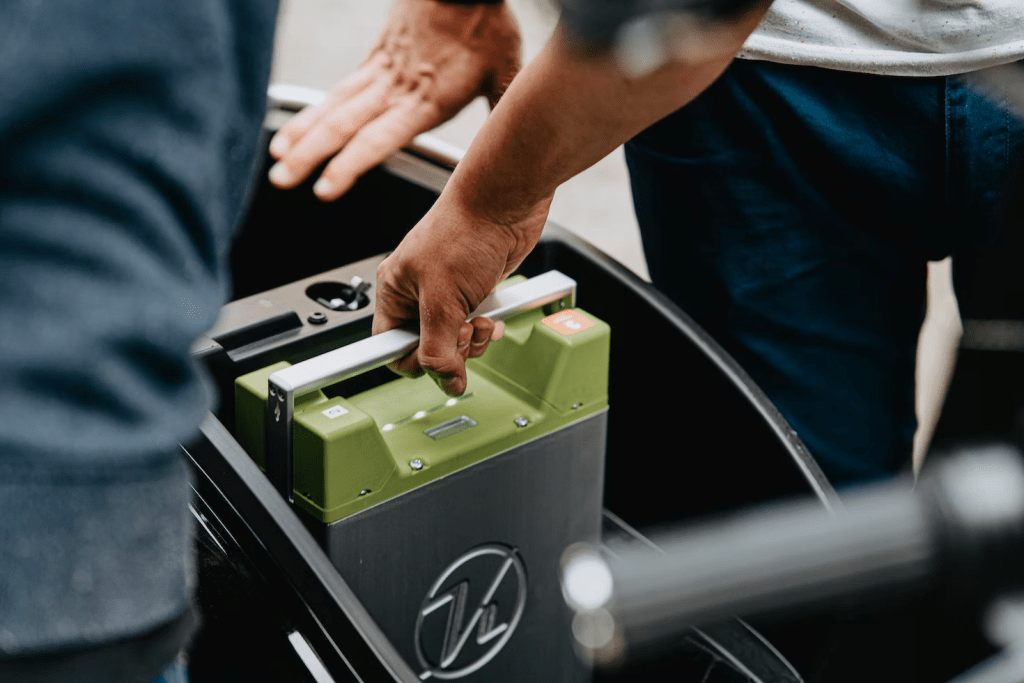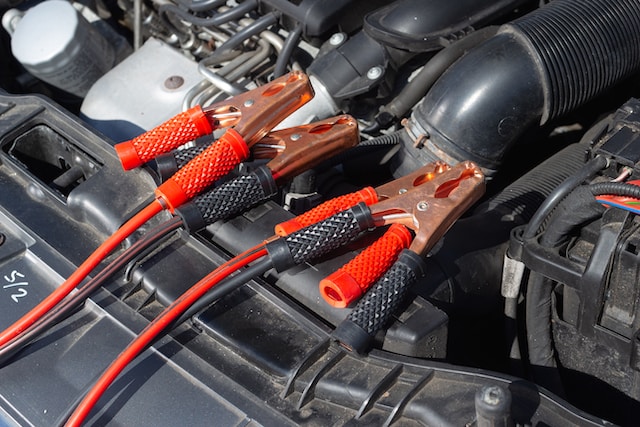As a car owner, understanding the essentials of your vehicle’s battery is crucial for its reliable operation and longevity. The battery serves as the heart of your car’s electrical system, powering everything from ignition to lights and audio systems. In this blog post, we will discuss six important things that every car owner should know about batteries. By familiarizing yourself with these key aspects, you can ensure the optimal performance and lifespan of your vehicle’s battery.

Battery Maintenance
Proper maintenance plays a vital role in extending the life of your car battery. Remember, when you see the battery light blinking on and off, it serves as an important warning sign indicating potential issues with the battery or charging system. Regularly inspect the battery terminals for any signs of corrosion or loose connections. Clean the terminals using a mixture of baking soda and water to prevent corrosion buildup. Additionally, keep the battery securely fastened to minimize vibrations that can damage internal components. Remember to wear protective gloves and eye gear when handling battery-related tasks. Performing a battery load test period can also assess its overall health and performance.
Battery Age
Every battery has a finite lifespan, typically ranging from three to five years. It’s essential to be aware of your battery’s age to anticipate potential issues. Check the manufacturing date stamped on the battery or consult your vehicle’s manual to determine its age. If your battery is nearing the end of its lifespan, consider proactively replacing it to avoid unexpected breakdowns. Keeping a maintenance log with the battery installation date and any maintenance performed can help track its age accurately and aid in future maintenance decisions.
Battery Charging
Frequent short trips and excessive use of electrical components can drain your car’s battery over time. To maintain its charge, take your vehicle for longer drives periodically. If you primarily use your car for short trips, investing in a battery charger or maintainer can help keep the battery in good condition. For electric vehicle (EV) owners, managing battery health requires a slightly different approach. Using commercial charging stations for electric vehicles is an effective strategy to ensure your EV’s battery remains charged, especially for those who may not have the option to charge at home or embark on longer drives regularly. These stations provide a faster charging capability compared to standard home chargers, making them an excellent resource for maintaining optimal battery life amidst frequent short trips. As the infrastructure continues to grow, finding a commercial charging station becomes more convenient, supporting the longevity and performance of your electric vehicle’s battery.
These devices ensure that the battery remains adequately charged, especially during periods of inactivity. Consult the manufacturer’s instructions for the appropriate charging procedures and safety precautions. Regularly monitoring the battery voltage using a voltmeter can also help you gauge its charge level.
Extreme Temperatures
Extreme temperatures can significantly impact battery performance. In hot weather, the battery’s fluid evaporates faster, potentially leading to damage and decreased capacity. On the other hand, extremely cold temperatures can reduce a battery’s ability to generate sufficient power for starting the vehicle. If you live in an area with extreme weather conditions, consider using insulation or a battery warmer to protect the battery and maintain its efficiency. Parking your vehicle in a garage or shaded area can also help mitigate temperature-related issues. Periodically checking the battery’s electrolyte levels, if applicable, can ensure optimal performance in extreme temperatures.

Jump-Starting A Vehicle
Knowing how to safely jump-start your car is essential in case of a dead battery. In general, use a set of jumper cables and a second vehicle with a charged battery. Connect the cables properly, ensuring positive-to-positive and negative-to-ground connections. Be cautious to avoid sparks, and start the functioning vehicle before attempting to start the dead one. Once the dead vehicle starts, let it run for a while to recharge the battery. Consider carrying a portable jump-starter or a battery jump-starter pack in your vehicle for emergencies. Familiarize yourself with the location of your vehicle’s jump-starting terminals, as they can vary between different car models.
Battery Replacement
Eventually, your car battery will reach the end of its useful life. If it’s time to replace the battery, ensure you choose one with the correct specifications recommended for your vehicle. Opt for a reliable brand and consider the battery’s cold cranking amps (CCA) rating, which determines its starting power in cold conditions. It’s advisable to have a professional mechanic replace the battery, ensuring the correct installation and disposal of the old one. Keep the receipt and warranty information for future reference.
Additionally, when replacing the battery, make sure to disconnect the negative terminal first and reconnect it last to prevent any accidental electrical shorts. Regularly inspecting the battery and charging system can help detect any signs of potential issues early on and prevent premature battery failure.
Understanding these six essential aspects of car batteries can help you maintain a reliable and long-lasting electrical system in your vehicle. By performing regular maintenance, monitoring battery age, considering temperature effects, knowing how to jump-start your car, and replacing the battery when necessary, you can avoid unexpected breakdowns and enjoy a hassle-free driving experience. Remember to prioritize safety when handling batteries and consult a professional mechanic for any complex battery-related tasks. A well-maintained battery ensures that your car starts reliably and efficiently powers all its electrical components.



